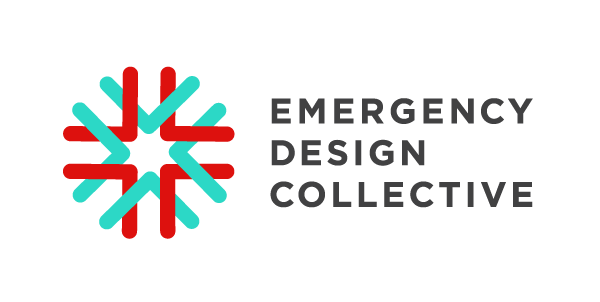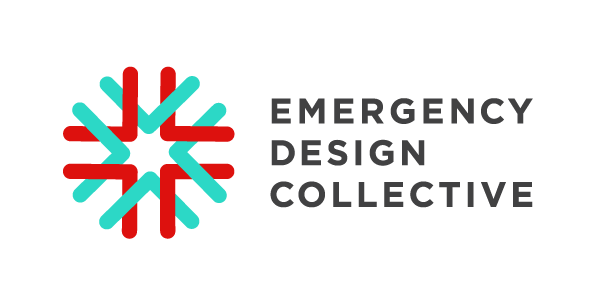Leveraging the specialist physician work force
PROJECT LEADS: Laura Wong
PROJECT CONTRIBUTORS: Jessica Hawkins, Avni Joshi, Simone Langness, Diana Nguyen, Christian Shannon, Charlene Wang
AUTHORS: The team
PROJECT DESCRIPTION
How might we address the workload mismatch in the physician workforce?
“As intensivist manpower becomes scarce, consider enlisting hospitalist help to manage critical patients while intensivists focus on procedures and ventilator management. Credential outpatient internists or subspecialists to help with stable hospital patients. RNs may be called to do respiratory therapy tasks as RT availability may become limited.”
INSIGHTS & RESEARCH
In the COVID-19 pandemic, physician workload is not distributed equally.
Clinicians in emergency medicine, critical care and anesthesiology have seen a sharp increase in work demands whereas work amongst specialty surgeons has been drastically reduced because of case cancellations.
The mismatch can be disastrous. In surge situations, workload demands can exceed workforce capabilities. Additionally, prolonged workforce mismatch can result in physician fatigue, burn out and inadequate staffing.
Furthermore, after COVID-19 infections begin to decrease, there will be another problem to address: the enormous backlog of elective surgeries. The same specialists who are now prevented from operating will suddenly be at capacity. There is likely to be insufficient operating room space and resources to accommodate the demand surge under previous operating room conditions.
INTERVIEWS
We interviewed specialists, emergency medicine physicians, residents and hospital administrators from both ‘surging’ and ‘non-surging’ areas. Overall, we found that both emergency physicians and specialists were open to the idea of repurposing physicians to help during hospital surges; especially if specialists could continue to work within their areas of expertise. Some hospitals were already implementing a form of this.
“We are thinking we could help out in the ED ... We could manage patients with laceration, extremity pain, low back pain, hip fracture workup including evaluating for syncope, seizure,
need for head CT.”
“I could triage people, I could order an xray, I could deal with at least the starting evaluation for pretty much any surgical field.”
INSIGHTS
Specialty physicians can help offset the workload mismatch occurring in the COVID-19 pandemic through 4 basic mechanisms: Prevent, Prepare, Redistribute & Repurpose.
OPPORTUNITIES
How might we care for existing patients while keeping them safe from exposure?
How might we redistribute patients to services that met their needs?
How might we best match specialist physicians’ skills with frontline needs?
How might we correctly evaluate & connect patients with the right specialists?
How might we motivate physicians to help out during a prolonged smolder rather than a true surge?
How might we reduce logistical barriers for staff that need to be onboarded?
How might we utilize human resources after the crisis to serve patients whose care was postponed?
NEXT STEPS
We’re actively brainstorming and prototyping around these opportunity areas with clinical partners. Check back soon for updates on our progress!




